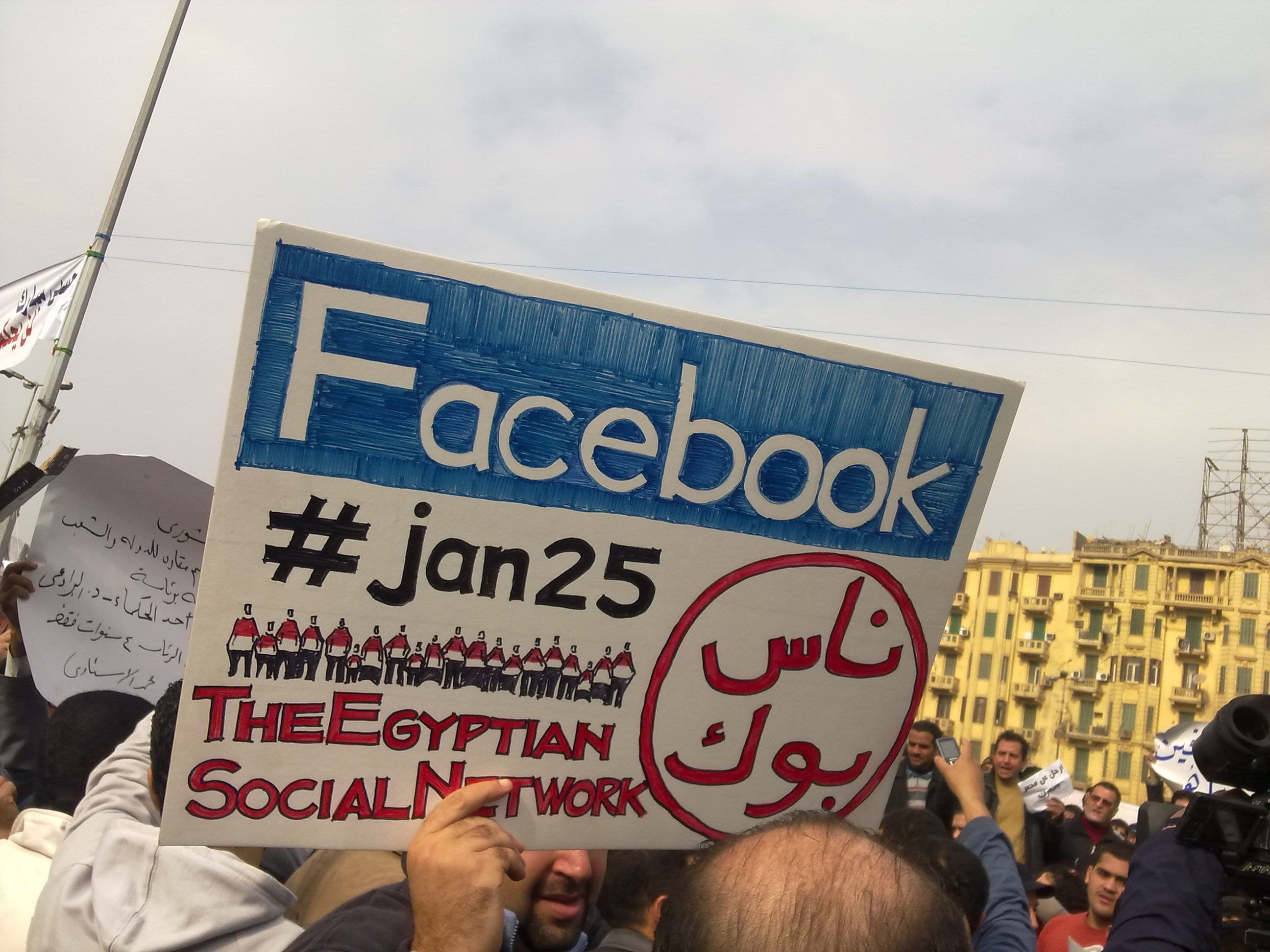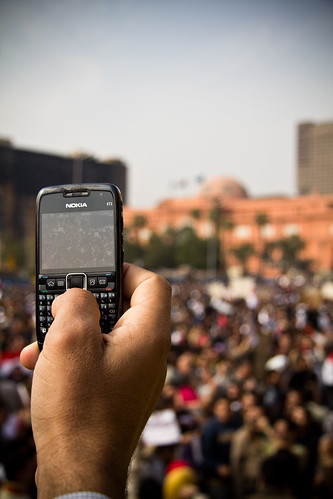
That is the title of the latest IPDGC-USIP report in the “Blogs and Bullets” series, written by myself and my GW colleagues Henry Farrell, Marc Lynch, and John Sides, as well as American University’s Deen Freelon. Since 2009, we have been looking at the role of new media in political protest, activism, and movements for peace around the world. Although this has been an important topic for a while, it gained particular salience in 2011 when mass protests exploded throughout the Middle East, toppling two governments and pushing several others toward the brink.
Our first report, “Blogs and Bullets: New Media and Contentious Politics,” co-authored with Morningside Analytics’ John Kelly and Ethan Zuckerman from the Berkman Institute, we took a critical look at the state of research at that time in this area and called for a more complex, empirically-grounded approach. We proposed five “lenses” through which scholars and others could examine these internet-fueled movements: individual transformation, intergroup relations, collective action, regime policies, and external attention.
In this latest report, we go a step further by zeroing in on the role of new and especially social media in the Arab Spring protests that began in late 2010 and led to the toppling of some despotic regimes — but, importantly, not all — in 2011. We did this by utilizing a unique dataset from bit.ly, the URL shortener commonly associated with Twitter but used in several platforms, including Facebook. With these data, we were able to get a sense of how important a role these media played in what some hailed at the time as “Facebook Revolutions.”
Our findings suggest a more nuanced role for new media, or at least, for the new media we were able to analyze. First, it’s important to understand what we were able to do with our data. In a nutshell, we were able to see how different links spread throughout a country, throughout the region, and throughout the world, and when they did so. Put simply, we were able to look at spikes in linking (mostly via Twitter), which coincided with major events and their corresponding hashtags (e.g., #jan25 for Egypt), and see if most of that traffic was within the given country, within the broader MENA (Middle East North Africa) region, or external to the region.
In sum, we found that in nearly all cases we examined, the vast majority of link traffic was external to the MENA region and the country in question. So, for example, many of the links being virtually passed around about the Tarhir Square protests in Egypt were amongst people in places like Europe and North America, rather than from Egyptian to Egyptian, or even from Cairo to Manama.
There are many reasons not to be surprised by these findings. For one, most of the affected countries have very low internet penetration. For another, phrases such as “Twitter Revolution” or “Facebook Revolution” conjure up the kind of very powerful media effect not seen in most of the academic literature across a variety of contexts. It’s not that media can’t be powerful, but rather that their power is generally limited to very specific instances and dependent on many factors. (And that’s assuming we can agree on what “powerful” means.)
Yet precisely because of the occasionally breathless commentary about the alleged power of new media to bring down governments, these findings are important. For one thing, by showing that at least some social media (e.g., Twitter) didn’t appear to have a mobilizing effect internally, it helps refocus our attention on what variables do explain social movement organization and effectiveness.
Similarly, I would argue these findings are important for the way in which they tell us something about what social media did do during these protests. In a sense, what we found is a “megaphone” role for social media, whereby the rest of the world was able to learn about and have conversations about these protests and the violent crackdowns that they inspired. This could have important ramifications if, as some hope, this kind of external attention can generate international pressure on regimes to avoid or suspend violent reactions to protest, much less reform or resign. This is particularly important in an era where some governments, including the Obama administration, attempt to embrace a foreign policy based on the principle of a “responsibility to protect” (R2P) citizens threatened by extreme regime violence.
With Lynch and Freelon, our next wave of USIP-funded Blogs and Bullets research will explore how activists in the Syrian uprising are using new media — especially videos on sites like YouTube — to mobilize and inform others around the world about their fight with the Syrian government. Ultimately we will also be looking at how these social media campaigns might, or might not, influence the international community’s response. We will be discussing the Arab Spring report, and the Syrian uprising, at a conference on October 2 at USIP. Watch the IPDGC website for details.



